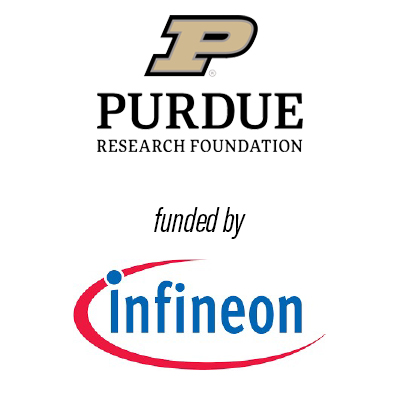The goal of the project was to optimize light transmission using 3d printed materials. In order to measure the light throughput, a power meter was used to measure the light input and output. Results were compared by % efficiency. Efficiency was calculated by input / output * 100. The first step to optimal light transmission was to select a printable translucent material that had the best light transmitting properties. After experimentation with PETG, PLA, TPU, and Nylon, we ultimately chose TPU. Non-printed TPU measured an efficiency of approximately 22%.
The next step included optimizing the printer settings for the clearest printed TPU specimen. The best printing temperature for this project is around 200 degrees Celsius. The optimal infill settings were concentric at 100%, which allowed the light to be transmitted in straight lines without gaps. The third major printer setting was the layer height, which should be around 0.1mm. This layer height results in a very precise print with no gaps inside that could reflect the light outward. There are many other printer settings that are discussed in the final Gate Report. Ultimately, optimizing printer settings progressed the waveguides from an efficiency of 0.1% to 15%.
The scope of this project included optimizing light transmission using geometries. Printing different geometries gave us a better understanding of the relationship between light and shapes. Waveguides were originally printed as rectangles for printer testing purposes. Then printing progressed into 3Dimensional letters and prisms which yielded results between 80 and 200%. The final result was a 3Dimensional trapezoid. The trapezoid was printed at a 45 degree angle to create a lens that reflects the light to give a higher output. This final specimen measured an efficiency of approximately 700%.
Semester of Project:
Team Photo:


